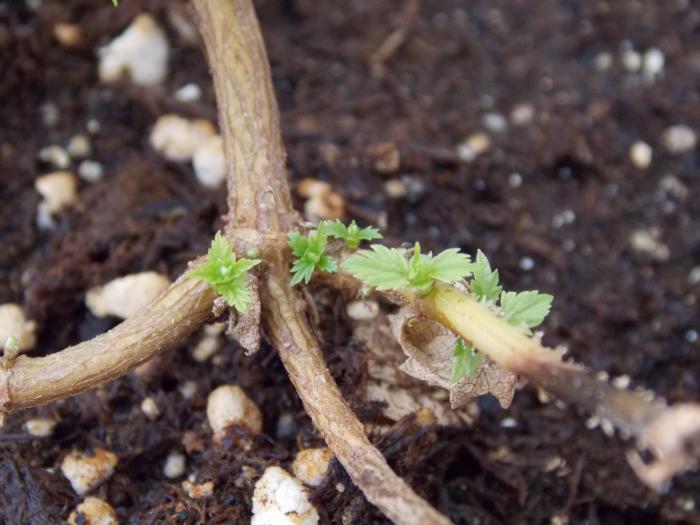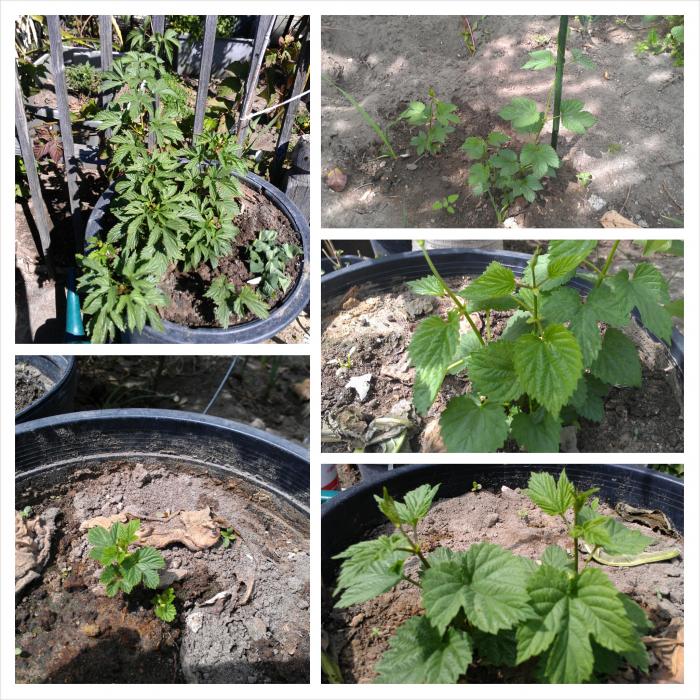HALIFAXHOPS
Senior Member
I wonder if the plant is a leftover from when the east coast was growing most of the hops? I believe it crashed due to disease in the 30's or so.

It seems like there is undocumemted breeding all the time. I order Freshops whole hops and they are full of seeds. I guess that in Idaho and Washington the hop yards are adjacent to breeding yards where there are male plants. Each seed has to be a random hybrid between the cascade or us fuggles you know you bought, and some unknown male. Sheer statistics would produce a winning new variety or two every year if you were willing to germinate every one and see what they become.
Sent from my GMXb6277 DumbPhone.
I would like to create some rhizomes from cutting as well. Do you have any tips on how to go about that?
Can you take cuttings from side arms or do they have to come from bines that grow out of the soil?
How long of a cutting should you take? Is there anything special that you do to encourage root formation?
I was reading some info on the lineage of hops http://yakimachief.com/index.php/varieties/ and found most of the newer strains I.E. Citra and Simcoe, were crosses from older European varieties. My question is do they use the older varieties because of more stable genetics?
By no means am I a breeder, but every Ag student learns a little bit about breeding/genetics somewhere in their curriculum. From what I recall is that certain plants/animals or whatever you're breeding tend to pass on very desirable traits to the offspring so they are the go-to varieties to start with in your program. This paper explains quite a bit: http://bsgcraftbrewing.com/FileCabinet/TheBreeding_Varieties[1].pdf




















I am a bit surprised because you were asking everywhere for wild plant material and mentioning that this year attempts for seedling were not going as well as expected... just like if it was a first year experiment.
Happy to see that you have a couple of seedling to play with.
I don't have the wild material myself...but when I do, expect to be receiving some...
Well....thanks ! Yesterday, while driving on countryside roads, I saw some dried hop plants that climbed (last Summer) on metal wires retaining electric posts. Because of their location, I am not sure if they are wild plants or not. This spot is only 10 minutes away from my house, so I will definitely visit those plants when all the snow will be gone.
Are you growing them in popcorn residue or what ?!?
Going back in time in the current thread.... here is an interesting article about the new hop selection process and the story of recent varieties.
BYO article
** EDIT ** Here is another one... Other BYO article
Attached are pictures of a 2nd year plant. This is a seedling from a cross with a wild plant. It is already exhibiting some desirable phenotypic traits, greater examination and photos to come later.

I did some burning yesterday to clear out some land, which is nice to finally get outside and start work. Today is also day 30 stratification for my 1st package of seeds, moving them someplace warmer today.
Woohoo! Just remember that some seeds may take up to 4 weeks to sprout. If you don't have any after that point, replace them for a couple more weeks. Then try again!
Sent from my iPhone using Home Brew

I am on day 16 for my hop seed stratification. These are the seeds that DarkCoder sent me. I really hope that I am successful and able to post results.
Here is a picture of some of my hops that are currently growing in my yard.
Varieties?
Sent from my iPhone using Home Brew
